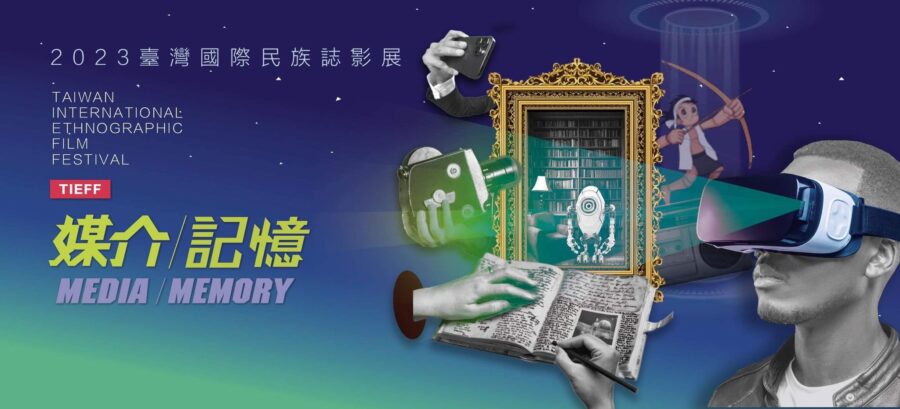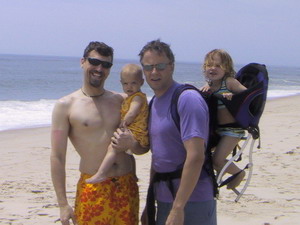The Maribor Uprisings: A Live Participatory Film
Twice, the people went into the streets. Twice, the police drove them away. What began as protests became uprisings. In the once-prosperous industrial city of Maribor, Slovenia, anger over political corruption became unruly revolt. This participatory documentary places audiences in the midst of the third and largest uprising as crowds surround and ransack City Hall under a hailstorm of tear gas canisters. Soon the mayor will resign—and the movement will spread to cities across the country.
The Maribor Uprisings takes up urgent questions raised by these events, and by uprisings elsewhere, from the Arab Spring, through Paris, to Black Lives Matter. What sparks such popular outrage? How are participants swept up in—and then changed by—confrontations with police? Could something like this happen in your city?
The directors invite audiences to engage these questions through an unusual and participatory form. Drawing on the dramatic frontline footage of a video activist collective embedded within the uprisings, this film places viewers amidst the jostling crowds. It requires them to make their own choices about which cameras they will follow and therefore how they will participate. Like those who joined the actual uprisings, audiences in the theater must decide whether to listen to organizers and remain with those committed to nonviolent protest on Freedom Square or to follow rowdy crowds toward City Hall and almost certain conflict.
This live participatory documentary invites audiences to grapple with the intimate as well as the public meanings of protest through reflection on the choices of actual participants in the uprising—as well as the choices they themselves make during the screening. How are citizens’ senses of themselves changed by experiences of state force: tear gas, stun grenades, armored vehicles, water cannons, and helicopters? Is this what one protester described as “feeling the state on your own skin?” In these violent encounters, why do so many protesters feel “love at the barricades?” What are the perils—and the possibilities—of these increasingly common eruptions in urban life?



